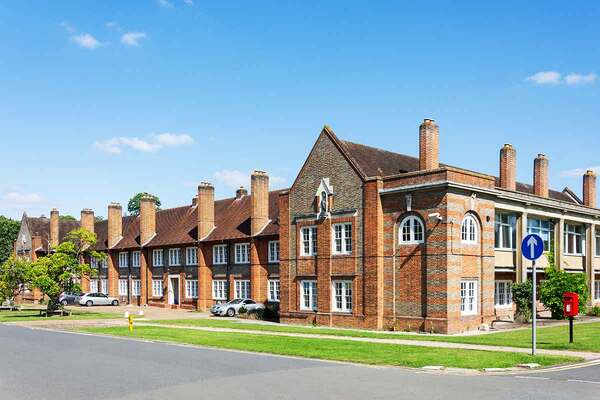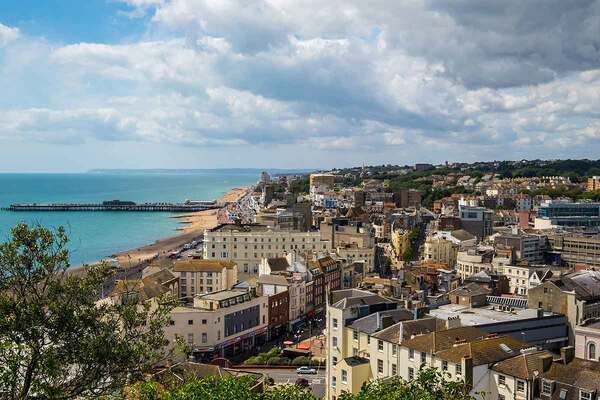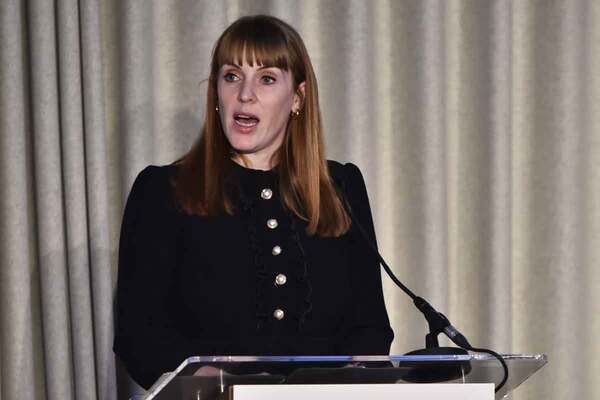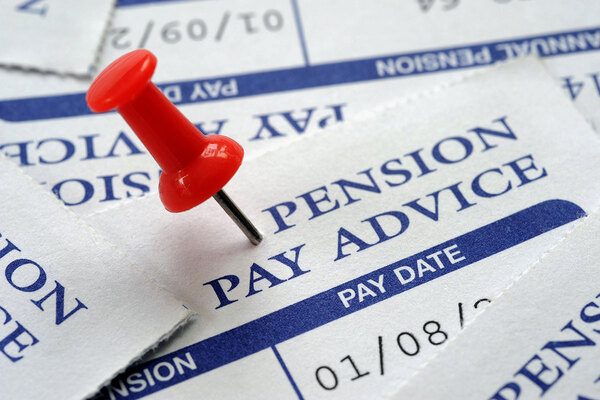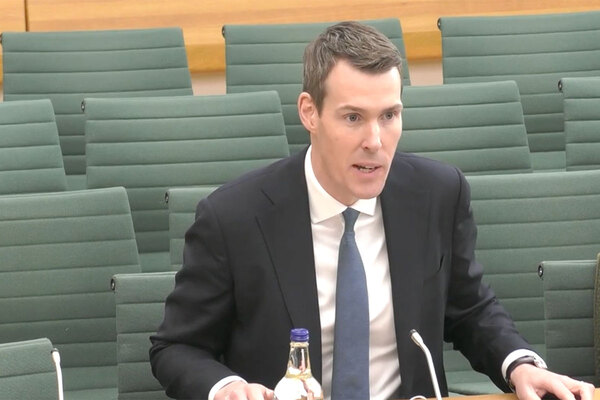You are viewing 1 of your 1 free articles
LHA update needed as just 5% of London private rentals affordable to people on low incomes, study finds
Just 5% of private rental listings in London are affordable to low-income households using Local Housing Allowance (LHA), a study has found.

Despite the government raising LHA rates in April to cover the lowest 30% of market rents, by the period from July to September only 5% of London listings were affordable using the benefit, according to analysis by Savills.
This is because the LHA uplift in April used rental data from September 2023. Combined with rapidly rising rents, these rates quickly fell out of step with market conditions.
The research, commissioned by London Councils and Trust for London, also found that the private rented sector in the capital has shrunk over the past few years.
From April 2021 to December 2023, 45,000 rental properties in London were sold off to owner-occupiers without being replaced, equating to 4.3% of London’s private rented stock.
The researchers found that the lower-cost end of the market was particularly affected by this exodus. Moreover, homes are leaving the rental market at a “much faster rate” in the most affordable locations to rent, London Councils said.
During 2023, private rented stock across the lower end of the market fell by 3.3% per month as a proportion of available listings, compared to 2.6% per month across the rest of London.
The loss of properties at the lower end of the market has a particular impact on the ability of low-income households to rent. It also makes it harder for boroughs to prevent and relieve homelessness, including using private rented properties as temporary accommodation.
London has around 2.7 million private renters, of which one in seven (400,000) rely on LHA to cover their rent.
Ahead of the Budget on 30 October, London Councils urged the government to make the increase in LHA rates permanent, with rates updated yearly to track market rents.
The group also called for more funding for councils to buy homes from private landlords to use as homeless accommodation.
LHA was introduced in 2008 as part of housing benefit payments to help private renters. It originally covered the lowest 50% of local market rents, but in 2011 the government lowered this to the bottom 30% of the market. Rates were then frozen for four years from 2016 and again from 2020 to 2024.
Grace Williams, executive member for housing and regeneration at London Councils, said the “stark” figures were evidence of “the massive pressures faced by low-income private renters in the capital”.
She added: “Increasing Local Housing Allowance rates to keep pace with rent rises would help prevent homelessness and save public money in the long run.”
Chris Buckle, a director in the residential research team at Savills, said: “The affordability of renting in London has become very stretched, and our research shows that loss of homes previously available to rent is adding to the pressure, particularly for those with low incomes.
“Policy solutions that boost the supply of private rented housing, going beyond new housing supply, are urgently needed to help ease the supply-demand imbalance.”
A government spokesperson said: “Our landmark Renters’ Rights Bill will introduce extra protections against unreasonable rent increases and address the insecurity and injustice that far too many tenants experience.
“We will also deliver 1.5 million homes over this parliament to boost supply, including the biggest increase in social and affordable housing in a generation.”
Last year, London Councils found a 41% reduction in the number of private rented properties advertised to let since the coronavirus pandemic (comparing January to March 2023 with the January to March average across 2017-19).
New lettings fell due to a combination of tenants staying longer in properties and a reduction in the overall number of homes available to rent, which the Savills research confirmed.
Sign up for our daily newsletter
Already have an account? Click here to manage your newsletters
